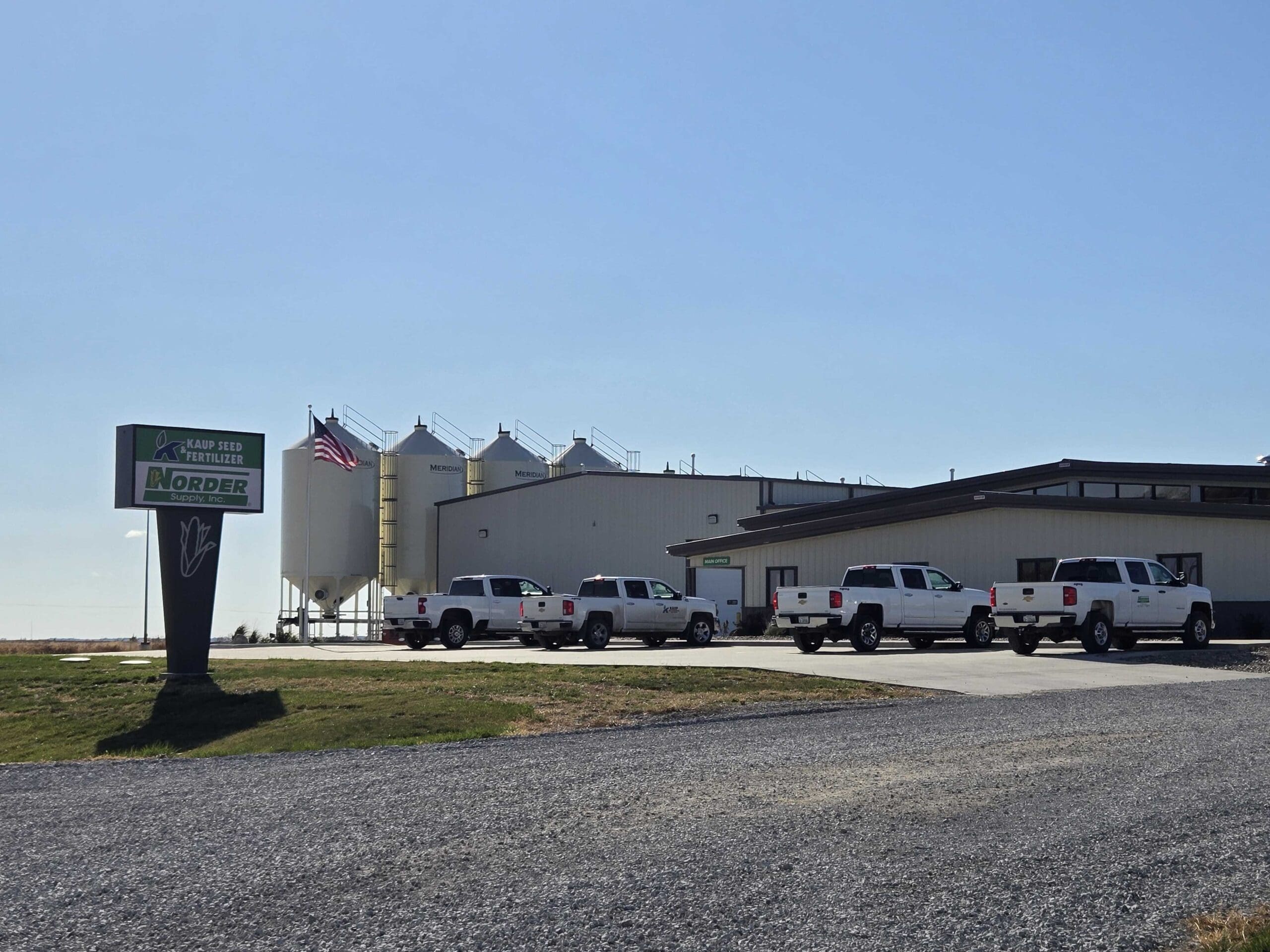Products
Corn & Soybean
High-Yield, Disease-Resistant Seed Varieties
We know that your crop’s potential begins with the right genetics. That’s why we offer a diverse selection of corn and soybean seeds bred for maximum yield potential and robust disease resistance. Each variety has been performance-tested to deliver results across a variety of conditions, ensuring a healthy start to your growing season.
Benefits
- Strong yield potential
- Disease and pest resistance
- Tested for local conditions
Crop Protection
Comprehensive Solutions for Weed, Insect, and Disease Management
Benefits
- Crop stress is not avoidable, it is manageable
- Effective weed management for cleaner fields
- Targeted insect and pest control
- Disease prevention to boost plant health
Plant Nutrients
Balanced Fertilizers for Healthier Growth and Higher Yields
Healthy crops require balanced nutrition. Our range of plant nutrients provides both the macro and micronutrients needed for optimal growth and development. By promoting strong roots, balanced growth, and healthy maturation, our fertilizers help ensure that your crops are reaching their full potential, from the first sprout to the final harvest.
Benefits
- Tailored nutrient solutions for every growth stage
- Enhanced nutrient uptake for improved crop health
- Macro and micronutrient formulations for balanced nutrition
Fremont Pickup
Our Fremont location has 24 hour liquid fertilizer and product pickup.
Please call to place an order. Once you receive your load number, your order will be ready for pickup at any time.

